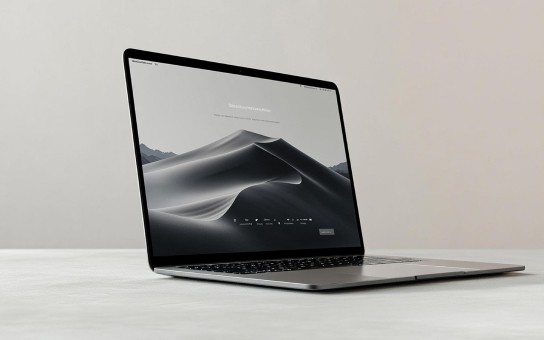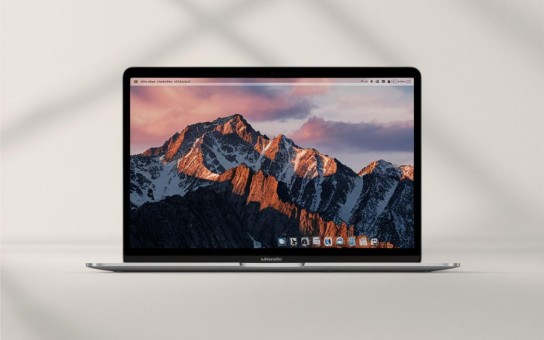Logo Landing Page
A visually rich website that balances aesthetic design with accessibility, creating an engaging and intuitive user experience across all devices.
INSTEMP
Project Objective:
This project delivers a responsive website that blends visual richness with a practical user experience. The goal is to maintain consistency and accessibility across devices, ensuring an engaging experience.
Design Elements:
Clear visual hierarchy
Bold typography and interactive elements
Accessibility-first approach
Consistent browsing experience across desktop, tablet, and mobile
Process Highlights:
Wireframes to define structure.
High-fidelity mockups emphasizing user engagement.
Usability testing to ensure smooth interaction.
By using Framer’s prototyping, stakeholders can experience real-time interactivity, visualizing how the final product will feel for users.
Typography
Understanding the User
I started my research by analyzing data on Instagram's growth trends and user insights, which revealed common frustrations with template-based design apps. This helped me understand the need for a more seamless and premium experience for users looking to enhance their online presence quickly and easily.
Research Findings
•
Time Efficiency: Users want a quick, hassle-free way to create high-quality Instagram content without extensive editing steps.
•
Streamlined Design: Many existing apps are cluttered and confusing, making it hard for new users to navigate or complete tasks effectively.
•
Unique, Premium Aesthetics: Users are drawn to sleek, intuitive interfaces that feel high-end and encourage creativity without overwhelming them with options.
•
Growing Demand: With Instagram's rapid growth, especially among Gen Z, there’s a rising demand for apps that support content creation tailored to personal branding.
•
Content Diversity: Users seek a diverse range of templates and tools to make their posts stand out, aligning with current digital marketing and influencer trends.
Personas
After gathering insights from user research, I created user personas to visualize the target audience. This helped ensure that each design choice aligned with the persona of a Gen Z creator or brand owner, looking for a quick and premium way to craft impactful Instagram content. By referring back to this persona throughout the design process, I stayed focused on delivering a seamless, aesthetically pleasing experience tailored to their needs and preferences.
Background
A graduate from the Footwear Design and Development Institute, he’s been hands-on with social media since college, managing two startups and driving online sales through engaging content. Now at Bennetic, he combines his strategic and creative skills to manage the brand’s digital presence, crafting compelling content that strengthens Bennetic’s connection with its audience.
Pain Points
Lacks graphic design skills for professional content.
Time constraints from collaborations.
Struggles to find trendy templates that fit his style.
Preference
Prefers user-friendly apps for quick template customization.
Values a variety of trendy fashion and lifestyle templates.
Expectations
Expects an intuitive interface that saves time.
Desires high-quality templates for fashion content.
Looks for creative features like unique fonts and graphics.
Low-Fidelity Wireframes
I began by sketching initial ideas on paper, outlining key layout elements and user flow for clarity. These sketches then evolved into low-fidelity wireframes, allowing me to establish essential design structures, focusing on usability and navigation. This process provided a foundation for refining the design with user feedback, ensuring functionality and alignment with user needs before finalizing.
High-Fidelity Wireframes
With the structure in place, I moved on to the final design phase, focusing on each screen's flow and coherence. This step brought all elements together, providing a cohesive visual sense of how users would navigate and interact across the app.
Final Design
Takeaways
•
Streamlining template customization. Instemp allows users to select templates, but I would have liked to enhance customization options, making them even easier and faster for users to personalize their content with minimal effort.
•
Enhancing the “Explore” section. Instemp’s explore feature helps users find trending templates. Adding more dynamic, personalized recommendations based on user behavior would create a more immersive experience.
•
Elevating community engagement. Instemp’s community feature fosters inspiration, but focusing more on user interaction and peer-driven design trends could make it feel even more unique and connected.
Next Steps
•
What would Instemp on other platforms look like? Currently, Instemp is designed for mobile, but adapting it for web or tablet could broaden accessibility.
•
What can be improved in the UI? UX is a continuous process, so additional usability testing and feedback gathering will guide further refinements.





















